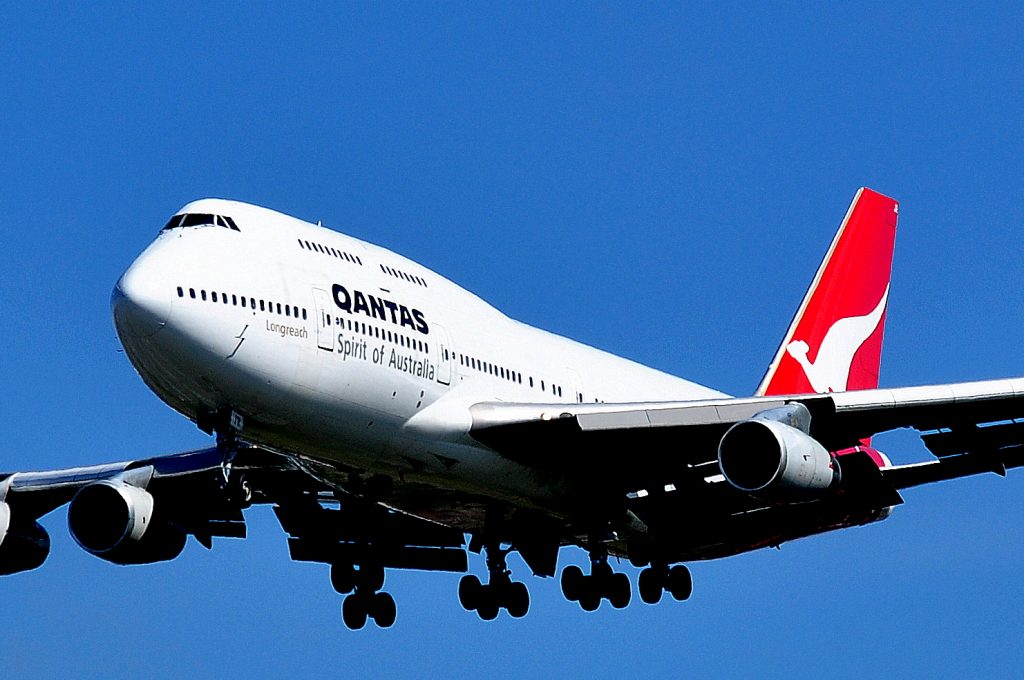
The Boeing 747, the end of an era. I was stunned when I heard the news this week that Delta was conducting their last Boeing 747 flight. The aircraft would be retired by the end of the year. What happened to the jet that at one time was the preeminent airplane in commercial aviation?
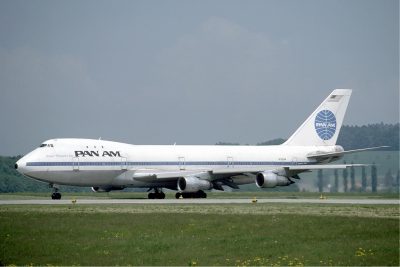
We cover the Boeing 747 in depth during Doctor Aviation Session 10. However, let’s start at the beginning for a short synopsis. The Boeing 747 was the brainchild of two aviation giants: William Allen of Boeing and Juan Trippe of Pan American Airways. Trippe was looking to reduce congestion at busy airports. Why use three small airplanes, when one big one could do the trick? At the time Pan American (aka Pan Am) was the dominant player in the international travel industry.
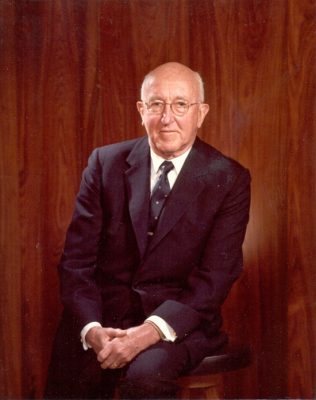
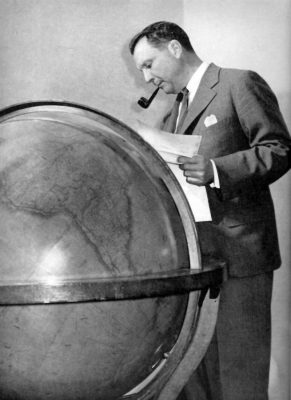
Trippe (right) and Allen (left) inked a deal in 1966 for the Boeing 747 to be up and flying by the end of the decade. There were several technical difficulties to overcome. The 747 would be the first aircraft to have two aisles. Thus it became the original wide body jet. The aircraft would hold hundreds of passengers. How do you evacuate hundreds of passengers in 90 seconds per the FAA’s requirement?
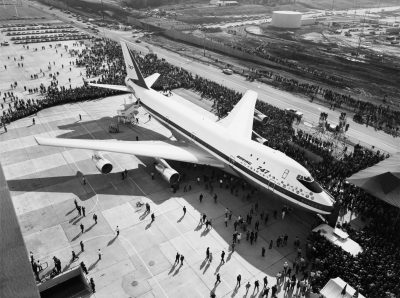
Then there were the physical challenges at the airport. How do you learn to taxi a two story airplane when you have only taxied one story airplanes? How do you fit such a gigantic airplane into a hangar? How do you lift such a gigantic airplane off the ground?
In the end, Boeing solved all of these technical challenges at a significant price and risk. The risk paid off handsomely. The Boeing 747 dominated the wide body market, and especially oversea travel, for decades.
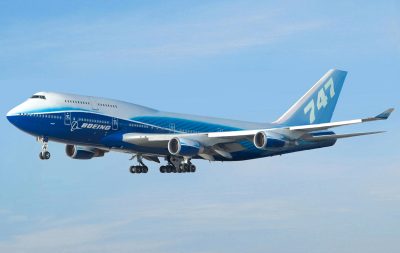
Eventually Boeing developed additional generations of the bird, the 200, 300 and 400 series. The latest installment was the 747-8, which came out in 2005 (http://www.boeing.com/history/products/747.page ) As of this writing over 1,500 Boeing 747s have been produced.
So what happened to bring its use to an end by Delta and other airlines? The short answer is changes to ETOPS and fuel costs. What is ETOPS? It is an acronym for Extended Operations. Technically this regulation governs the flight time from which an airplane can operate from a diversion airport under the power of one engine. So in practicality, this is the regulation which governs how many engines an airplane must have in order to fly over large oceanic areas such as the Pacific.

Through the 1950s until the early 1980s most aircraft were limited to either 60 or 90 minute ETOPS times. This meant that airplanes must fly within 60 or 90 minutes of a diversion landing strip in the event of having to operate under the power of one engine.
Beginning in 1985 the regulations were loosened to 120 minutes. This made most trans-Atlantic flights possible for two engine aircraft. With the advent of more reliable jet engine technology, the restrictions have continued to loosen. Within the last decade some aircraft have received 240 minutes ratings with a few obtaining 330 minute ratings.
I, personally, have always felt this was a bad idea. No matter how reliable humans make an engine, it will fail (or suck in a bird) at some point. One of these days an airplane is going to go down over the ocean. I was comfortable with the 120 limit, but nothing further. I am not alone in my opinion (http://www.popularmechanics.com/flight/a11987/for-transoceanic-flights-are-two-engines-enough-16991135/ )
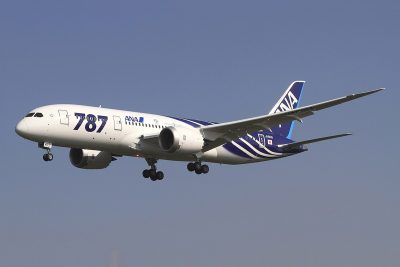
So what is the greatest cost to operating an airplane? The fuel it burns. Airplanes that use four engines, such as the Boeing 747 use more fuel than two engine aircraft such as the 787. So operating wide body jets with only two engines make economic sense for airlines.
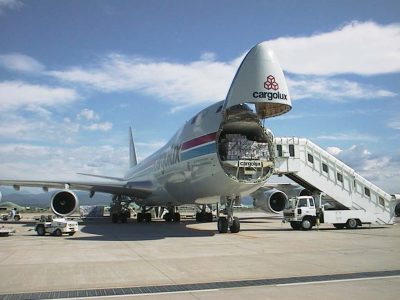
So, it seems, we have seen the end of an era for passenger travel in the Boeing 747. It is still popular with moving cargo and within the military, but its use with civilian airlines is likely to continue to diminish.
One finally thought, the joke among aviation folks is that ETOPS stands for Engines Turn Or Passengers Swim. I guess we better hope that both of those engines keep turning over the Pacific.
